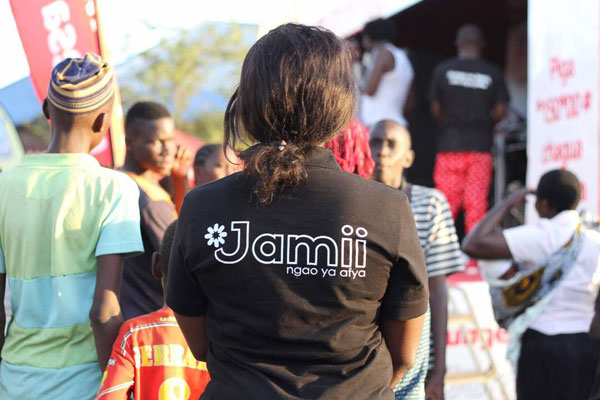
Launched in January 2015, Jamii is a mobile policy-management platform that performs administrative activities of an insurer, while also providing access to low-cost insurance policies ordered on mobile phones using “quick codes” (formally known as unstructured supplementary service data (USSD, codes).
The partnerships with Jubilee Insurance and Vodacom Tanzania have enabled Jamii to implement a cashless premiums-collection system at more than 400 hospitals.
This has helped it reduce insurance administration costs by up to 95 per cent and allowed it to offer micro-insurance policies for as low as $1 per month (3,700). Since it set up the platform a little over four years ago, more than 8,000 Tanzanians have signed up.
Tanzania’s fast growth in micro-insurance services has been facilitated by the introduction of “Micro-insurance Regulations and Guidelines” in 2014.
The regulations – which focus on fairness, consumer protection, innovation, participation and transparency – describe micro-insurance as an ideal channel for low-income Tanzanians to access insurance coverage.
Tech-enabled micro-insurance services have also taken root in South Africa and Nigeria with more countries expected to venture into the same market segment.
A 2017 Annual Report by the Micro-insurance Network, a non- profit global organization of micro-insurance industry experts comprised 80 institutional members from more than 40 countries, shows that while emerging markets account for around one-fifth of total global premium, they represent 80 per cent of the world population, pointing toward an enormous potential for growth.
The Network’s World Map of Micro-insurance states that over 280 million people worldwide are covered by at least one micro-insurance policy with premiums totalling $2.4 billion.
The Network says mobile network operators are providing coverage to 40 million people in Asia, where nine times out of ten, mobile micro-insurance is a person’s first experience with insurance.
How to successfully grow micro-insurance business segment
In Africa, the micro-insurance market is still at its infancy, according to the KPMG 2017 survey, pointing out that the use of mobile phones could help deliver micro-insurance products to the rural areas.
Similarly, a study carried out by the Association of Kenya Insurers in 2015 shows that there is also need to strengthen the industry’s perception through full disclosure, transparency and honesty when paying claims to the clients.
“There is need for the government (s) to put in place deliberate measures that will promote the development of micro insurance products and deepen its penetration as well…this worked in India ,” the study says in part.
****
 The Independent Uganda: You get the Truth we Pay the Price
The Independent Uganda: You get the Truth we Pay the Price


